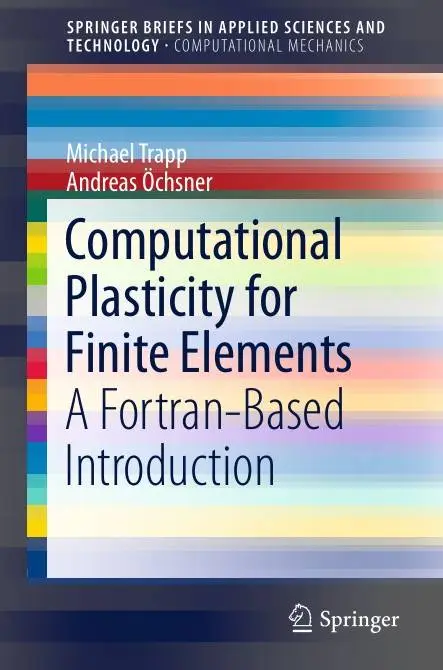

The Problem Definition commands provide a drawing environment in which the outlines of materials are entered with straight lines. Though less intuitive, the finite-element method has been chosen over the finite-difference method primarily because its use of triangular elements greatly simplifies the discrete approximation of non-rectangular geometries.įEHT provides three essential functions: Problem Definition, Calculations, and Output. Just as in the finite-difference approach, the accuracy of the finite-element approach is improved as the number of nodes used to discretize the region is increased. Numerical approximation of the integral results in the system of algebraic or ordinary differential equations. In the finite-element method, the partial differential equation is transformed into an integral form. In the finite difference method, spatial discretization of the problem using a set of nodal points followed by application of energy balances and rate equations for each of the discrete segments directly results in a system of equations which are solved to obtain the temperature at each nodal point. In both approaches, the governing partial differential conduction equation subject to specified boundary (and for transient problems, initial) conditions is transformed into a system of ordinary differential equations (for transient problems) or algebraic equations (for steady-state problems) that are solved to yield an approximate solution for the temperature distribution. There are two common approaches: finite-difference and finite-element methods. As a result, numerical solutions provide the only feasible way in which these problems can be solved. Most practical conduction heat transfer problems can not be solved analytically.
FINITE ELEMENT SOFTWARE FOR MAC WINDOWS
Versions of FEHT have been developed for computers using the Microsoft Windows operating systems. The current version of FEHT has been designed to solve problems in all of these disciplines. However, the fundamental equations describing conduction heat transfer, bio-heat transfer, potential flow, steady electric currents, electrostatics, and scalar magnetostatics are similar. FEHT was originally designed to facilitate the numerical solution of steady-state and transient two-dimensional conduction heat transfer problems. Overview (Version 8 provides auto meshing)įEHT is an acronym for Finite Element Heat Transfer.


 0 kommentar(er)
0 kommentar(er)
